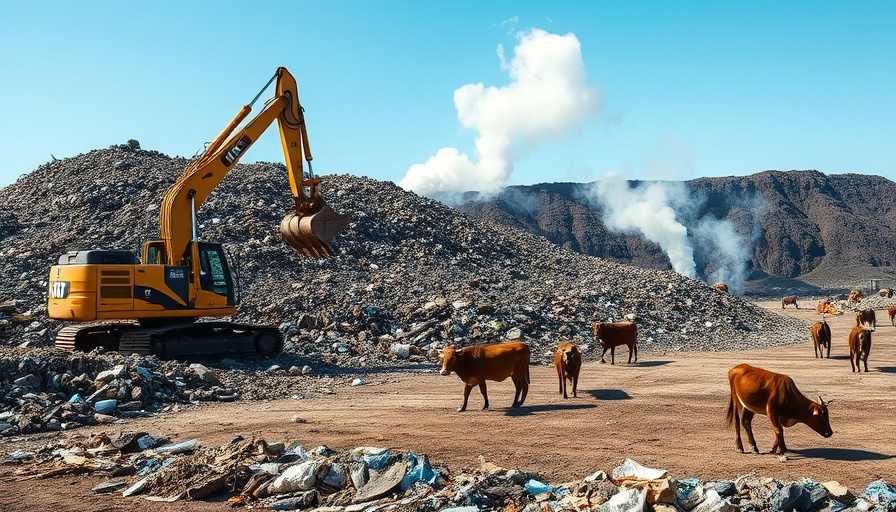
The Sinking Reality: 28 U.S. Cities in Danger
A recent study sheds light on a pressing issue: 28 major U.S. cities are sinking due to groundwater withdrawal and other factors. With the cities' collective population of around 34 million, the implications of this subsidence are far-reaching—especially for homeowners concerned about flood risks and infrastructure stability.
Understanding the Causes of Subsidence
According to research published in the journal Nature Cities, a staggering 80% of the sinking can be traced back to groundwater extraction. In urban areas—particularly Houston, Texas, which is the most affected—a significant portion of land is sinking at alarming rates. This represents not just a geological concern but a pressing urban planning issue.
Local Impacts vs. Larger Trends
While the study predominantly highlights cities like Houston and others in Texas, the problem isn't isolated. In California, cities like San Jose and Los Angeles experience varying levels of subsidence. This uneven sinking, known as differential motion, can compromise infrastructure in surprising ways, leading to extensive costs for repair and adaptation.
Prepare for the Future: What Homeowners Should Know
As a homeowner in California, understanding the risks associated with ground subsidence is crucial. With evidence pointing to increased flooding events in sinking areas, the potential for damage to homes grows. Educational efforts are key; local governments and homeowners must work together to ensure resilient adaptation to these challenges.
Your Action Items Moving Forward
1. Assess the risk of subsidence in your neighborhood.
2. Stay informed about local infrastructure projects aimed at mitigating subsidence risks.
3. Consider eco-friendly practices to conserve groundwater, such as drought-resistant landscaping.
In a world where climate change continues to impact our urban landscapes, awareness and action are the first steps towards protecting our homes. Understanding how these environmental changes affect urban living can empower you as a homeowner in California. Let's be proactive.
 Add Row
Add Row  Add
Add 




Write A Comment